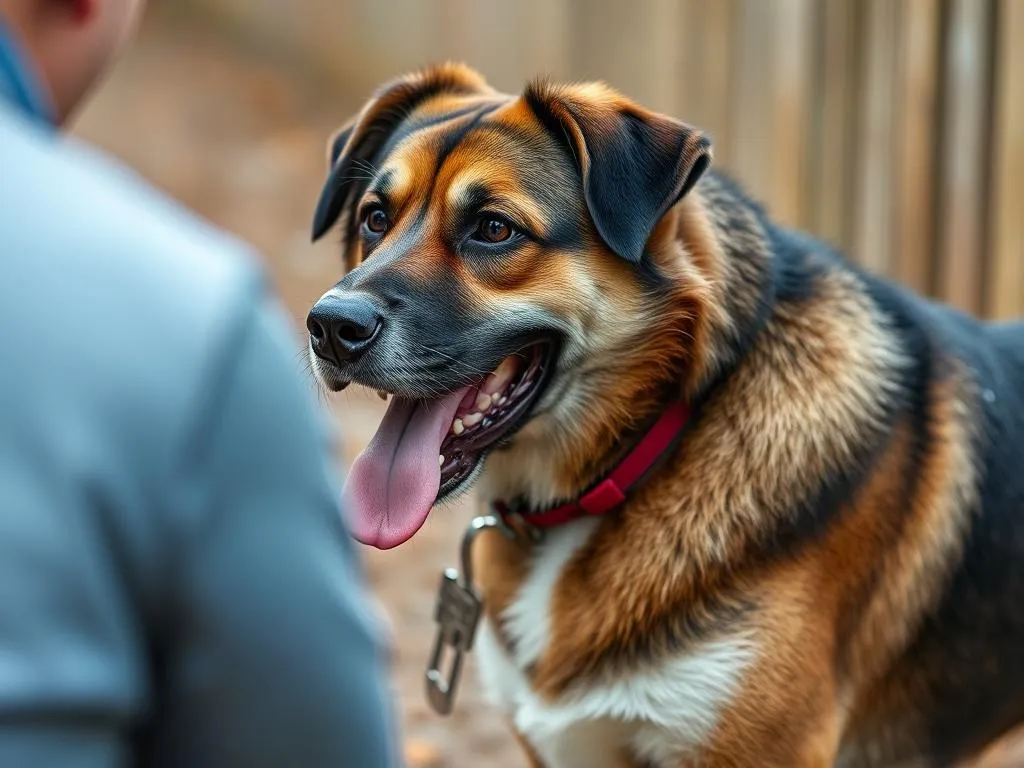
Training your dog is an essential aspect of pet ownership. Not only does it help to establish a well-behaved pet, but it also strengthens the bond between you and your furry companion. Understanding how to train a dog effectively can lead to a happier, healthier relationship. This article delves into various aspects of dog training, from understanding canine behavior to advanced techniques, ensuring you have all the tools you need for success.
Understanding Dog Behavior
The Canine Mind
To successfully train your dog, it’s crucial to understand how dogs think and learn. Dogs are instinctual creatures, and their learning process differs significantly from that of humans. While humans rely on complex reasoning and verbal communication, dogs learn primarily through associations and repetition. They respond well to clear cues and consistent commands.
Common Dog Behaviors
Recognizing typical dog behaviors such as barking, chewing, and digging is vital in training. For instance, excessive barking may indicate boredom or anxiety, while chewing can stem from a lack of training or teething. Understanding these behaviors allows you to address them effectively during training sessions.
Preparing for Training
Choosing the Right Time and Place
Selecting an appropriate environment and timing for training sessions is essential. Look for a quiet, distraction-free area where your dog feels comfortable. Ideally, training should occur when your dog is alert but not overly energetic—early morning or late afternoon can be ideal times. Each session should last between 5 to 15 minutes to maintain your dog’s focus.
Essential Training Supplies
Having the right tools can significantly impact your training success. Essential supplies include:
- Leash: A sturdy leash helps maintain control during training.
- Collar: A well-fitted collar ensures comfort and safety.
- Treats: High-value treats motivate your dog and reinforce positive behavior.
- Clicker: A clicker can aid in marking desired behaviors.
Utilizing positive reinforcement is critical. Rewarding good behavior strengthens the bond between you and your dog and encourages them to repeat those behaviors.
Setting Realistic Goals
When embarking on your training journey, it’s essential to set achievable goals. Focus on short-term objectives, like teaching a single command, before progressing to long-term goals. Patience and consistency are key; every dog learns at their own pace.
Basic Training Commands
Teaching Sit
One of the first commands you should teach is “sit.” Here’s how to do it:
- Hold a treat close to your dog’s nose.
- Move your hand upward, allowing their head to follow the treat, which will cause their bottom to lower.
- Once in the sitting position, say “sit,” and give them the treat.
- Repeat this several times until your dog associates the command with the action.
Common mistakes include using the treat as a lure instead of a reward. Ensure your dog understands that sitting earns them a treat, not the other way around.
Teaching Stay
The “stay” command is crucial for safety. Here’s how to teach it:
- Start with your dog in a sitting position.
- Open your palm in front of you and say “stay.”
- Take a few steps back. If your dog stays, praise and reward them.
- Gradually increase the distance and duration.
Teaching Come
The “come” command is vital for your dog’s safety, especially in open areas. To teach this:
- Use a long leash in a safe space.
- Call your dog by name followed by “come.”
- Gently pull on the leash if they hesitate, and reward them when they come to you.
Teaching Down
Teaching your dog to “down” can help manage their energy levels. Follow these steps:
- Hold a treat in your hand and allow your dog to sniff it.
- Move your hand to the ground, encouraging your dog to follow.
- When they lay down, say “down” and reward them.
Teaching Leave It
The “leave it” command is essential for preventing unwanted behaviors. To teach this:
- Place a treat in one hand and allow your dog to sniff it.
- Say “leave it” and close your hand. Wait for them to lose interest.
- When they back away, reward them with a different treat from your other hand.
Advanced Training Techniques
Trick Training
Once your dog masters basic commands, consider teaching fun tricks such as shake, roll over, or play dead. Trick training not only entertains but also strengthens your bond and provides mental stimulation.
Agility Training
Agility training involves navigating obstacles and can be a fun way for your dog to exercise and bond with you. Basic agility equipment includes tunnels, jumps, and weave poles. Start with simple exercises to build confidence and gradually increase complexity.
Specialized Training
Some dogs may require specialized training for specific purposes, such as service or therapy dogs. This often involves extensive training and socialization to ensure they can perform their tasks effectively and safely.
Addressing Behavioral Issues
Common Behavioral Problems
Behavioral issues such as barking, biting, jumping, and digging can stem from various factors, including fear, boredom, or lack of training. Identifying the root cause is essential for effective correction.
Strategies for Correction
Utilizing positive reinforcement is often more effective than negative reinforcement. Redirect unwanted behavior by providing an alternative action. For example, if your dog is digging, provide them with a designated digging area.
When to Seek Professional Help
If your dog’s behavior is concerning or difficult to manage, it may be time to seek professional help. Signs that a dog may need professional training include aggression, extreme anxiety, or persistent behavioral issues. Look for certified trainers who use positive reinforcement techniques.
Maintaining Training Success
Consistency is Key
Regular practice is crucial for maintaining your dog’s training. Set aside time each day for brief training sessions to reinforce learned behaviors.
Incorporating Training into Daily Life
Make training a part of your daily routine. Incorporate commands during walks, playtime, or feeding. This helps reinforce behaviors in real-world situations.
Celebrating Progress
Recognizing and celebrating your dog’s progress is essential. Whether it’s a simple praise or a treat, positive reinforcement encourages continued learning and strengthens your bond.
Conclusion
Training your dog is a rewarding journey that enhances the bond between you and your pet. By understanding canine behavior, preparing adequately, and employing effective training techniques, you can instill desirable behaviors in your dog. Remember to be patient and consistent in your approach. The effort you put into training will yield a well-mannered companion who brings joy to your life.
As you embark on this journey, know that every small step counts. Celebrate your dog’s progress, and most importantly, enjoy the time spent together. The bond formed through training is invaluable, leading to a lifetime of companionship and love.









